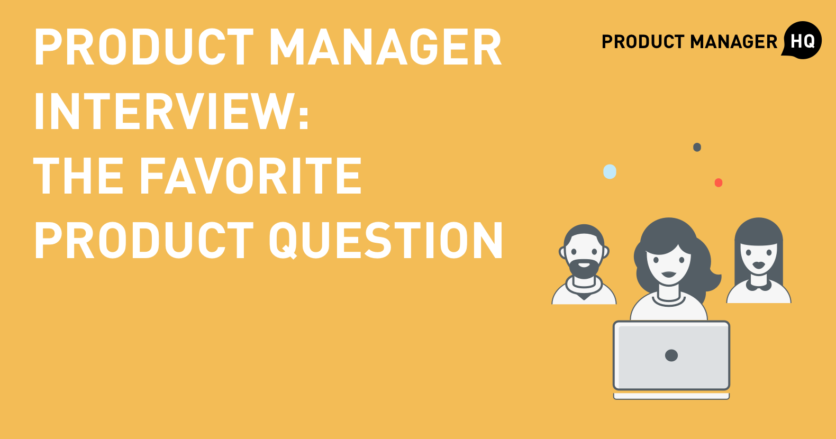 One of the most important responsibilities of a product manager is feature prioritization. What is feature prioritization? Our last post covered story prioritization using sizing and estimation – in this post we’ll zoom back out to the product roadmap, and start with the company itself.
One of the most important responsibilities of a product manager is feature prioritization. What is feature prioritization? Our last post covered story prioritization using sizing and estimation – in this post we’ll zoom back out to the product roadmap, and start with the company itself.
Feature prioritization is planning out the order of features your team works on, based on your product roadmap. It’s important to prioritize features because you have limited time and money and too many potential features. Sitting down and figuring out which features to work on and at what point of your schedule is absolutely necessary to prevent delays and a poorly executed product.
There are many ways to approach feature prioritization, but regardless of approach, keep this piece of advice in mind: Product managers should prioritize features based on the overall product strategy. In other words, don’t lose sight of the goal! If your product is meant to solve the problem of providing online educational opportunities to low-income students, it makes sense that all features you vet should match that product strategy.





